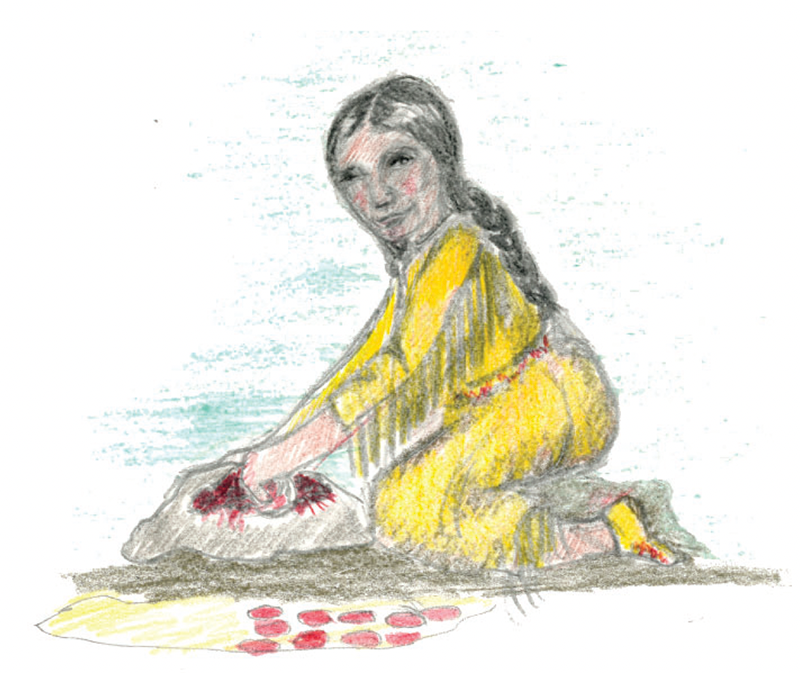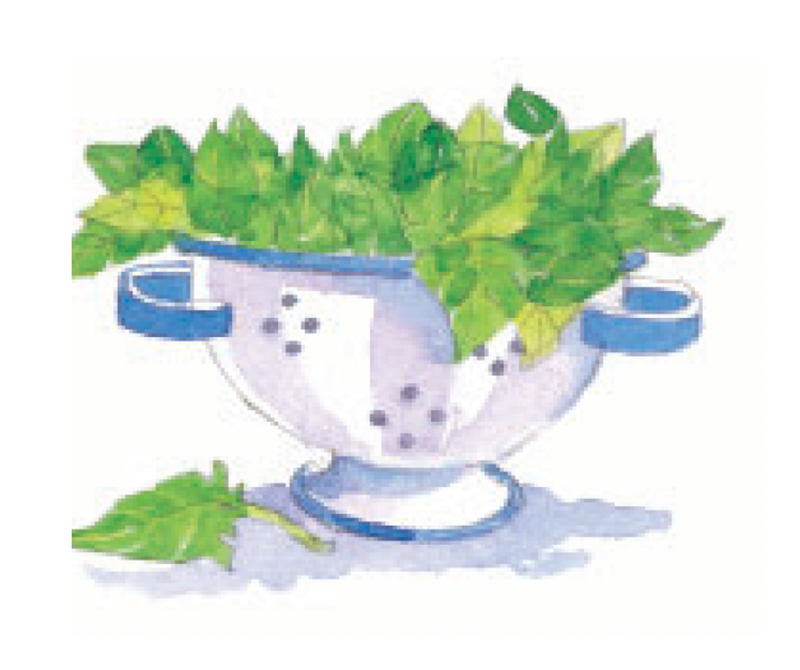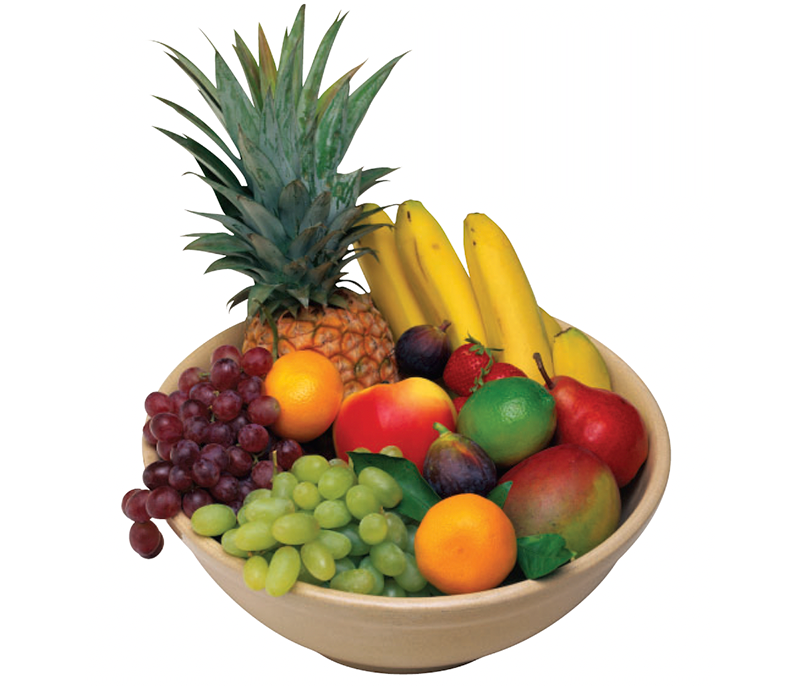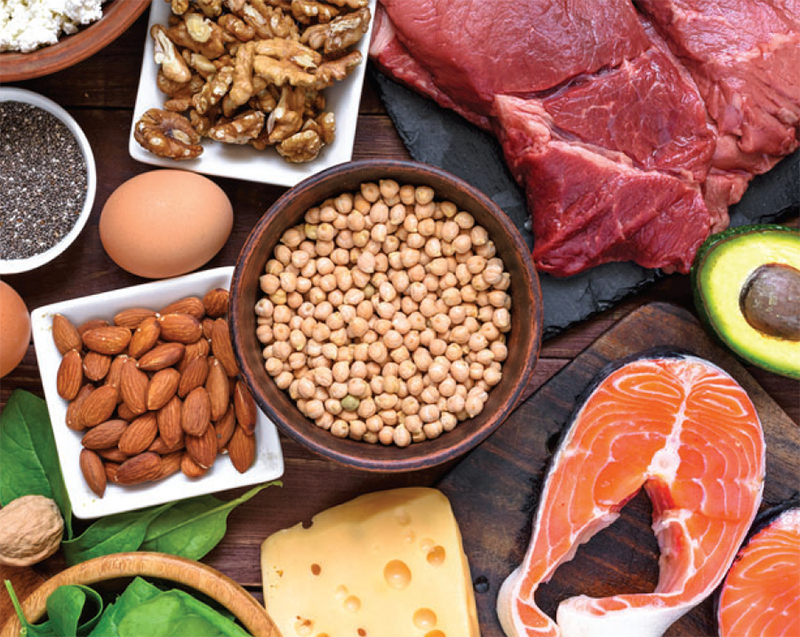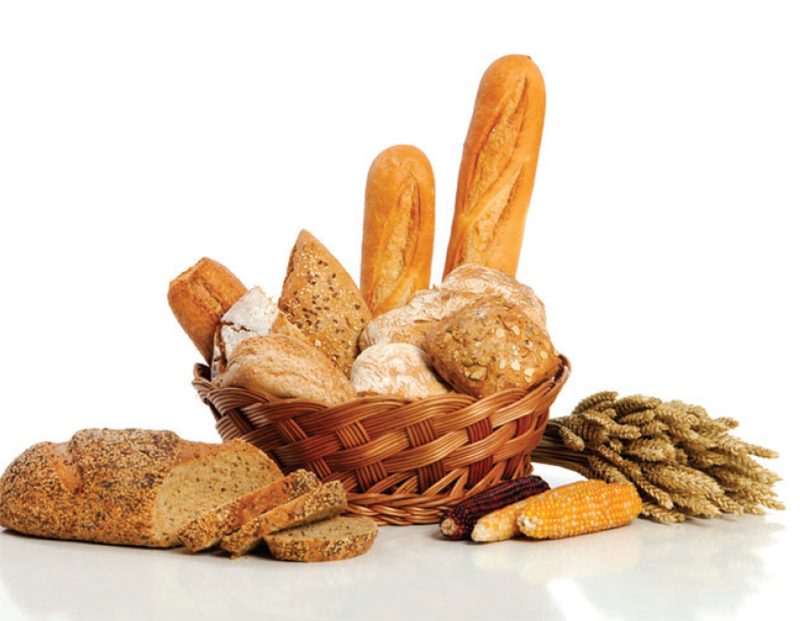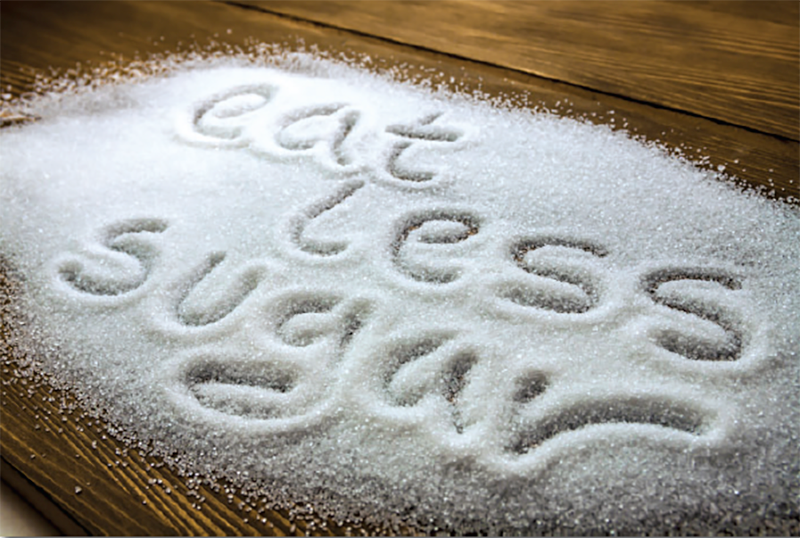The overall goal of the Cooking For Health Study was to evaluate the effectiveness of a culturally tailored healthy food budgeting, purchasing, and cooking program on diet, food budgeting and cooking skills, and healthy and unhealthy food purchases among American Indians with type 2 diabetes. The curriculum included 12 distance-learning lessons that show ways to choose and prepare healthy foods. We hope that the lessons will help increase confidence in choosing foods that are healthy, affordable, taste great, and promote optimal diabetes management. Please note, the study is no longer open to enrollment.
